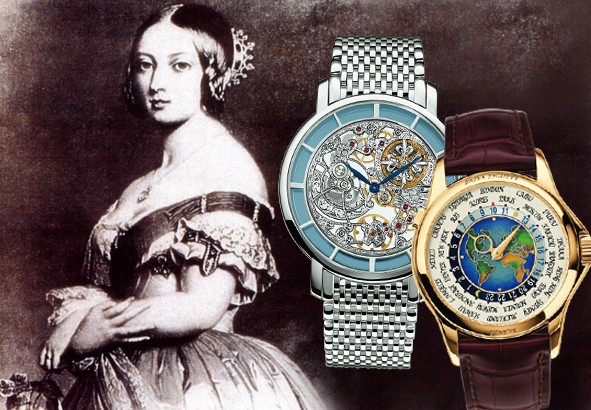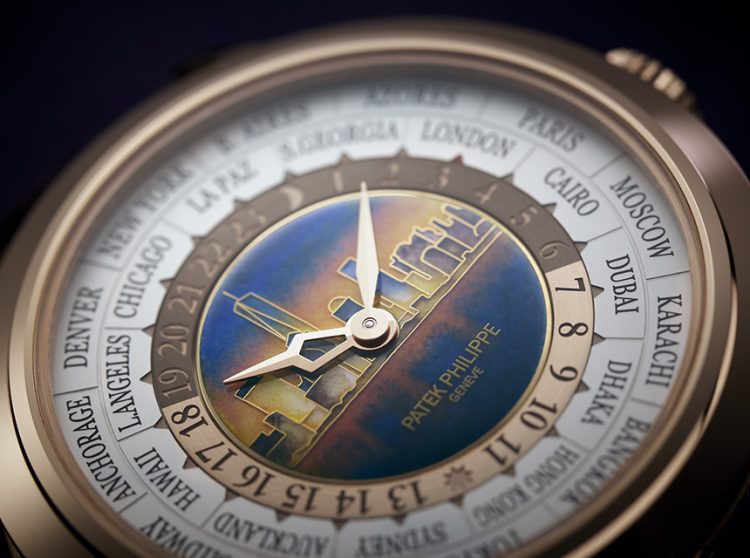Introduction
The Timeless Legacy of Patek Philippe: A Comprehensive History of the World’s Most Prestigious Watchmaker
In the world of luxury watchmaking, one name stands out as a beacon of innovation, craftsmanship, and precision: Patek Philippe. Founded in 1839 in Geneva, Switzerland, Patek Philippe has evolved from a small watchmaking workshop to a globally recognized symbol of horological excellence. Its timepieces have become the epitome of luxury, worn by royalty, celebrities, and discerning collectors around the world. But beyond the fame and prestige, Patek Philippe’s success is rooted in a rich history of technical ingenuity, meticulous craftsmanship, and a commitment to pushing the boundaries of what is possible in the realm of timekeeping.
This article delves deep into the history of Patek Philippe, from its humble beginnings in the early 19th century to its current status as one of the most prestigious watchmaking houses in the world. We will explore the key innovations that have shaped the brand, the iconic timepieces that have defined its legacy, and the cultural impact of Patek Philippe throughout the years. Through this journey, we will uncover the secrets behind what makes a Patek Philippe timepiece so exceptional and why it continues to captivate watch enthusiasts and collectors worldwide.
1. The Origins: Founding of Patek Philippe
Patek Philippe was founded in 1839 by Antoni Patek and François Czapek in the city of Geneva, Switzerland. At the time, watchmaking in Switzerland was already gaining a reputation for excellence, but it was still a burgeoning industry. Patek and Czapek’s partnership focused on creating high-quality pocket watches for an emerging global market. Their early success was based on their ability to craft precision timepieces with exceptional finishing and attention to detail.
In 1844, after five years of collaboration, François Czapek left the partnership, and Antoni Patek took on a new partner, Jean-Adrien Philippe, a talented watchmaker. Philippe is credited with creating the keyless winding system, which eliminated the need for a separate key to wind the watch, making the process much easier for the wearer. This innovative system would go on to revolutionize the watchmaking industry, laying the foundation for Patek Philippe’s future advancements.
2. The Key Turning Points in Patek Philippe’s Early History
With the addition of Jean-Adrien Philippe, Patek Philippe began to focus on precision and innovation in watchmaking. The keyless winding system was just the beginning. By the mid-19th century, Patek Philippe was already known for its high-quality pocket watches, and the company’s commitment to innovation set it apart from other watchmakers in Geneva.
In 1868, Patek Philippe created one of the first wristwatches for a lady, marking the brand’s entry into the wristwatch market. This move was groundbreaking, as wristwatches were still a rarity at the time, particularly for women.
By the turn of the century, Patek Philippe had developed a reputation for creating some of the finest timepieces in the world. It was during this period that Patek Philippe introduced its first chronograph and made significant strides in refining the mechanical complexity of its watches.

3. Innovations in Watchmaking: The Evolution of the Patek Philippe Movement
Patek Philippe’s early innovations were centered around the development of its movements. From the first chronograph to the introduction of the perpetual calendar, Patek Philippe became known for pushing the boundaries of mechanical watchmaking.
In 1925, Patek Philippe released the world’s first perpetual calendar wristwatch. This complicated mechanism automatically adjusts the date, day, and month, making it one of the most accurate and complex timekeeping systems ever developed. The introduction of minute repeaters, which chime the time at the press of a button, further cemented Patek Philippe’s status as a leader in luxury timepieces.
4. Patek Philippe’s Iconic Models and Collections
Patek Philippe’s collections have consistently set the standard for fine watchmaking. The Calatrava collection, introduced in 1932, remains the quintessential dress watch, with its simple yet elegant design. The Nautilus, designed by Gérald Genta and launched in 1976, revolutionized the luxury sports watch market. And the Aquanaut, launched in the 1990s, furthered the brand’s appeal to younger, more contemporary audiences.
These timepieces have become iconic, not only for their craftsmanship but for their aesthetic and cultural significance.
5. Patek Philippe’s Role in Watchmaking: The Cultural and Societal Impact
Patek Philippe’s influence extends far beyond the world of horology.
The brand’s timepieces have become symbols of wealth, status, and sophistication. Patek Philippe watches are often passed down through generations, serving as heirlooms that carry with them a rich history and legacy. The brand’s presence in pop culture, from celebrity endorsements to appearances in films, has only reinforced its reputation as a symbol of luxury.
Conclusion
Patek Philippe’s journey from a small workshop in 1839 to one of the most iconic watchmaking houses in the world is a testament to its unwavering commitment to excellence. With every tick of a Patek Philippe timepiece, the legacy of innovation, precision, and luxury continues to unfold, ensuring that the brand remains a beacon of horological mastery for generations to come.





































